The Irish have a word for it, or rather an acronym: Gubu. It stands for grotesque, unbelievable, bizarre and unprecedented.
The term was coined more than 40 years ago to encapsulate the description by Charles Haughey, the then taoiseach, of an extraordinary chain of events, which included an arrest made in the house of Ireland’s attorney general.
Gubu seems like a reasonable summation of the arrest last Wednesday of Peter Murrell, the SNP’s former chief executive, and the police search at the home he shares with his spouse, former first minister Nicola Sturgeon.
Mr Murrell was released without charge, and the investigation into the party’s finances continues.
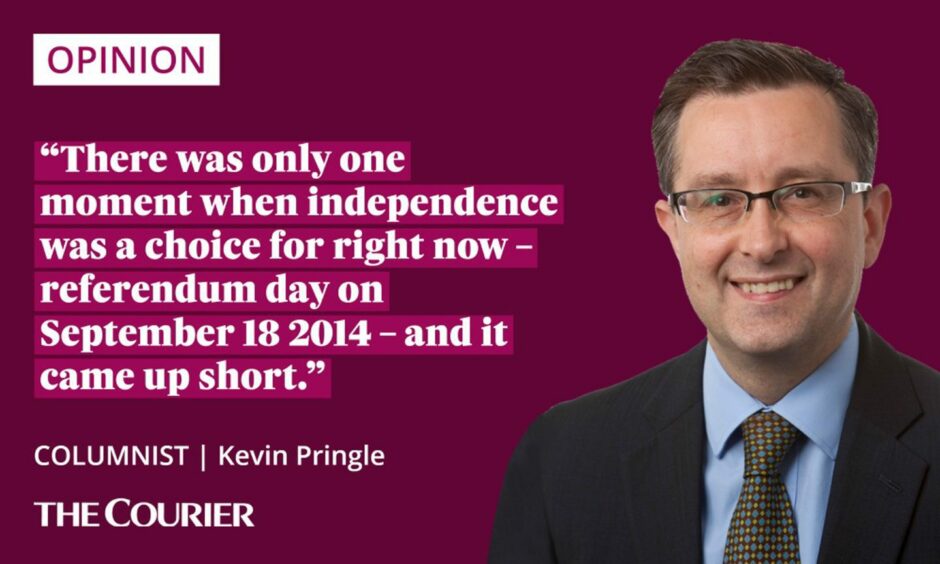
No one has a clue how this will play out. The best we can all do is not jump to any conclusions, and let due process take its course.
But there are, of course, political ramifications.
Interviewed in The Herald at the weekend, Michael Russell, the SNP’s president, described what is happening as the “biggest and most challenging crisis” during his near 50-year membership of the party.
He could be right.
SNP was never about independence ‘right now’
I was struck by a passage where Mr Russell is undoubtedly correct, but which became the focus for online attacks on him by some fellow Scottish nationalists.
His supposedly offending words were: “I don’t think independence can be secured right now; we need to work towards some coordinated campaigning. But I think this is achievable.”
For the overwhelming majority of the SNP’s existence, independence has never been a question of “right now”.
It was a matter of generations of people putting in hard, largely unglamorous and voluntary work, to hasten the point in future when Scotland could emerge as an equal country in the global community of nations.
A few days ago marked the anniversary of the SNP being founded in its current form: April 7 1934.
Early members could never have imagined that independence or even devolution was imminent.
For the first 30 years and more of the party, Scotland was viewed from a Westminster and Whitehall perspective as little more than a planning region of the UK.
It was the pioneers of yesteryear who eventually changed all that.
The constitutional case and status of Scotland has advanced much further in more recent times.
We now have a parliament with control of most income tax and some welfare policy, which should be regarded as core state powers.
An important feature of the SNP’s current difficulties and downturn in the polls is that support for an independent Scotland has held up.
It continues to be the choice of nearly half of Scotland’s electorate.
I recall the days in 2014 when such historically high ratings for independence had the entire British establishment quaking in its boots.
Long game presents opportunities for indy movement
In truth, there was only one moment when independence was a choice for “right now” – referendum day on September 18 2014 – and it came up short.
That was the responsibility of those of us in the Yes campaign and nobody else.
The morning after saw a return to the more familiar long game, which is where we are now.
In seeking to shorten the timescale, the SNP and people in other pro-independence parties should be prepared to consider different ways forward.
After all, creating the SNP all those years ago was at that time a new departure in the cause of Scottish self-government.
It may be time for another one.
Establishing a constitutional convention, and contesting the next UK general election under the banner of a “Yes alliance”, could offer advantages to both the SNP and wider independence movement.
Spring is a good time for fresh ideas to bloom.
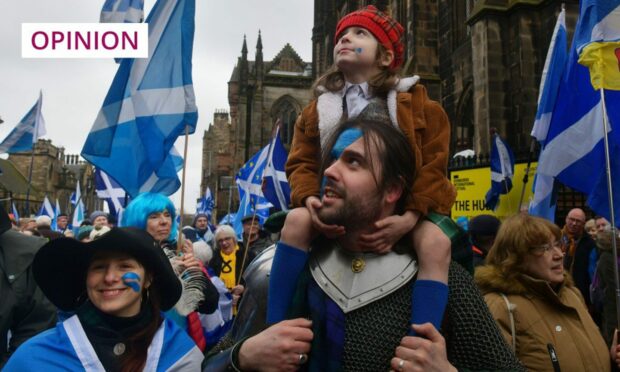
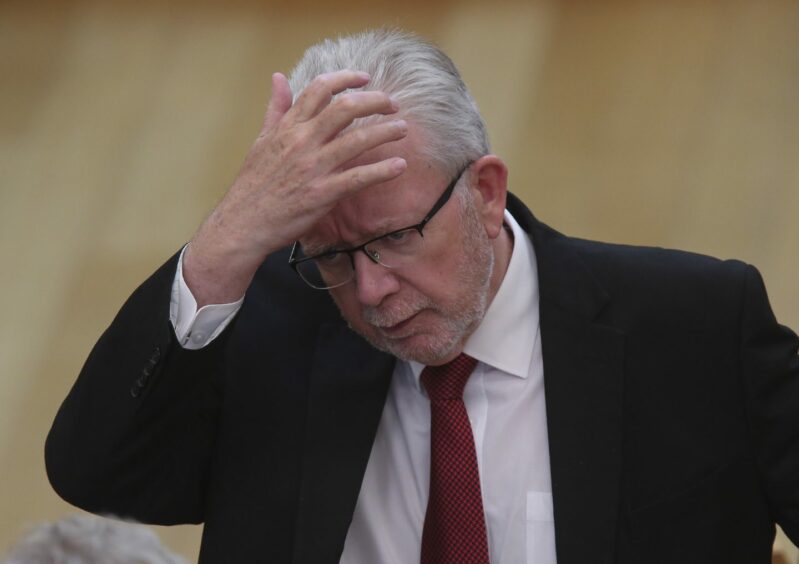
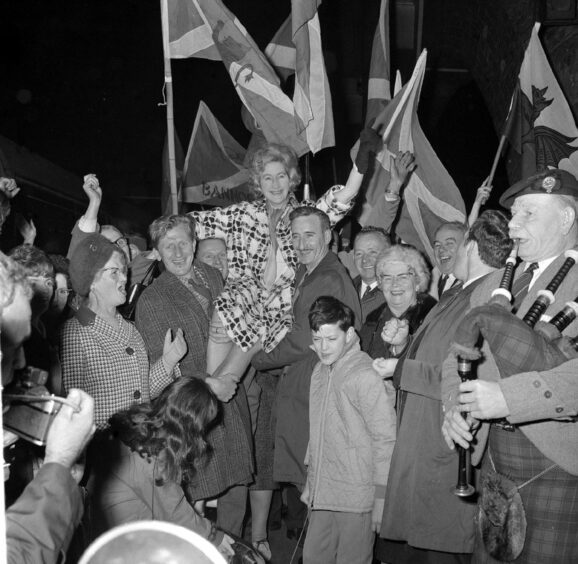
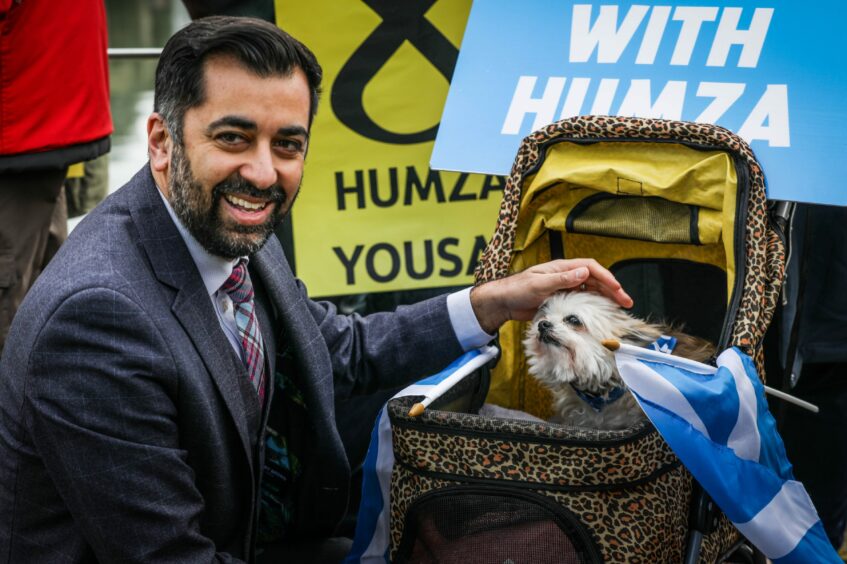
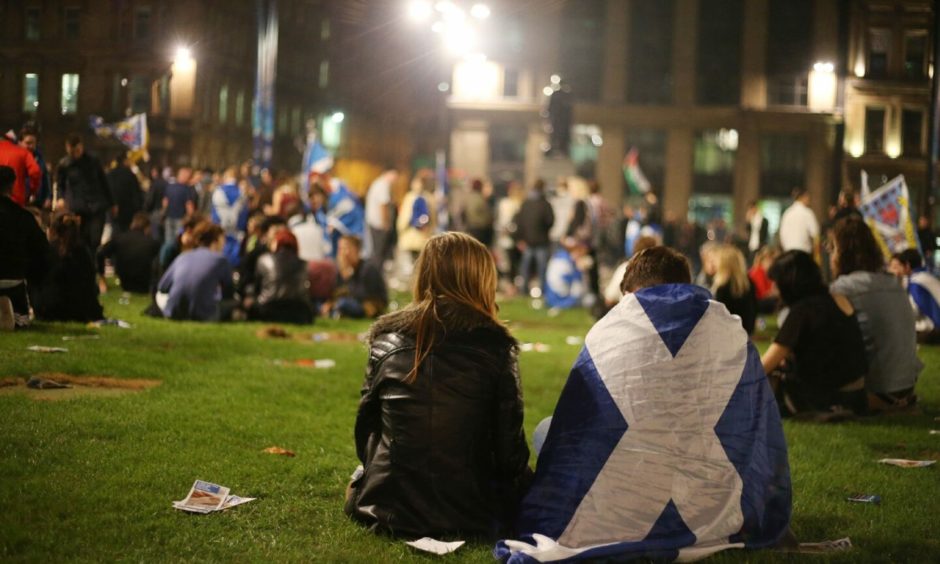
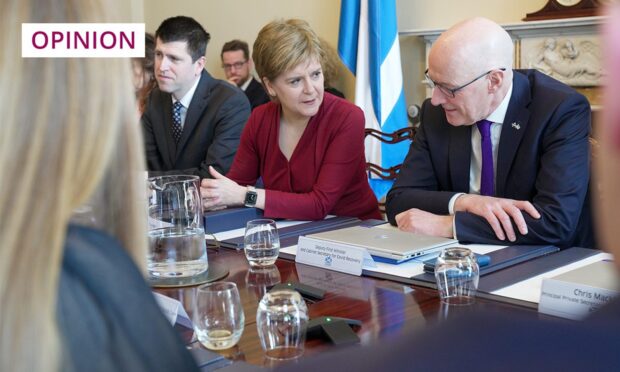
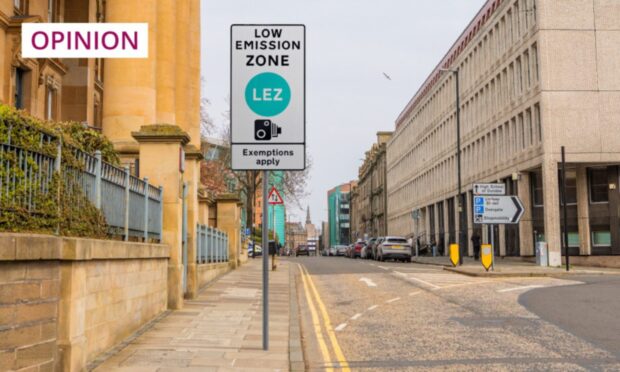
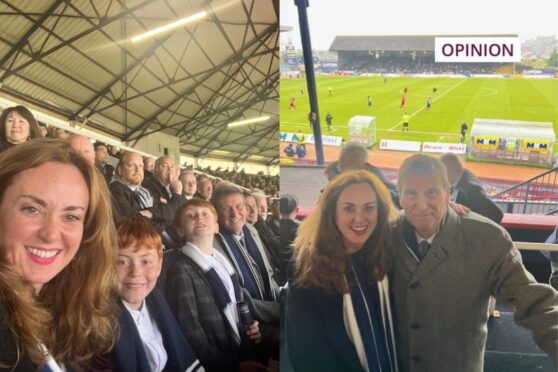
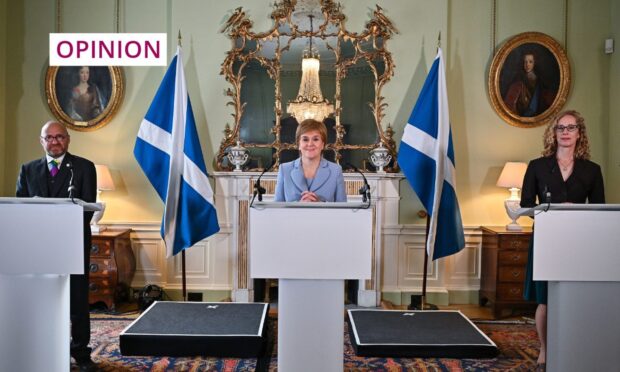
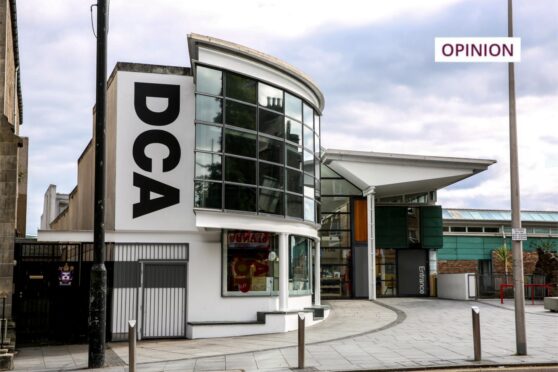
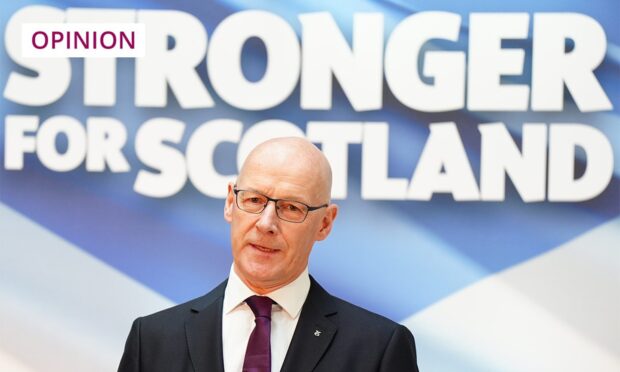
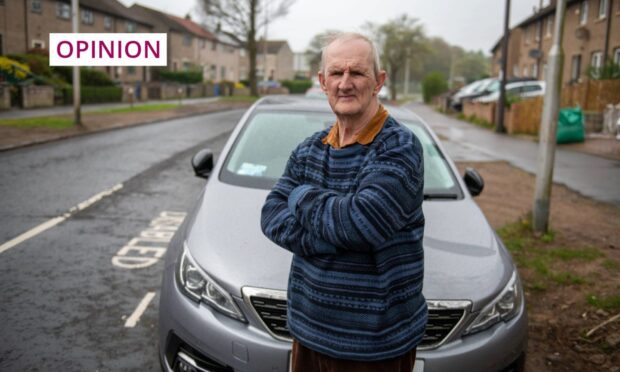
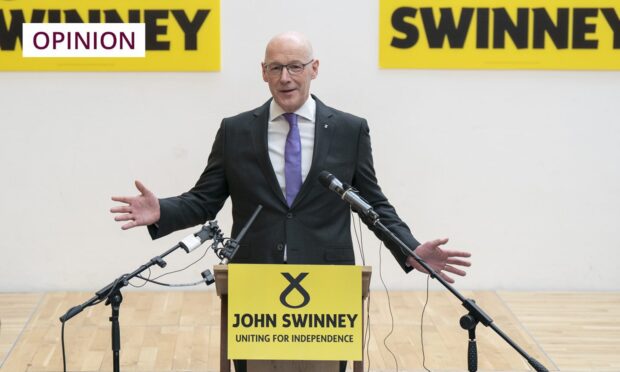
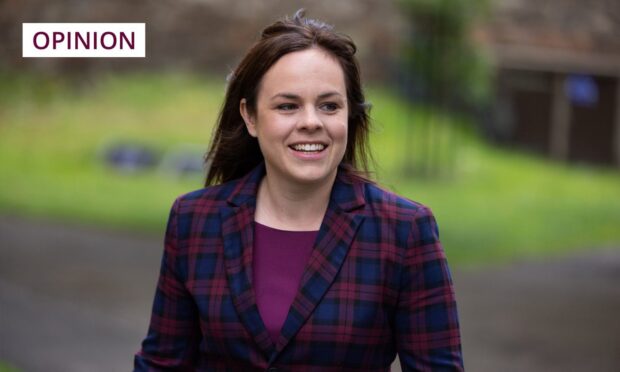
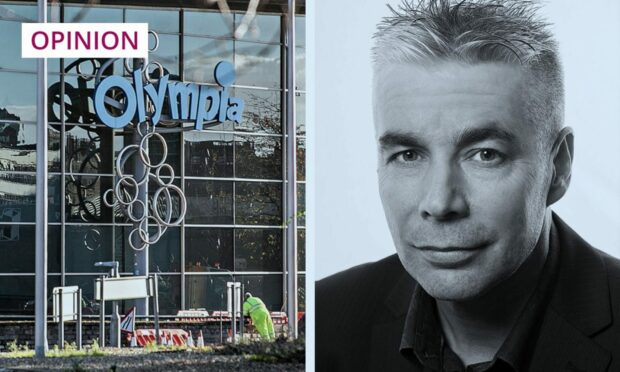
Conversation